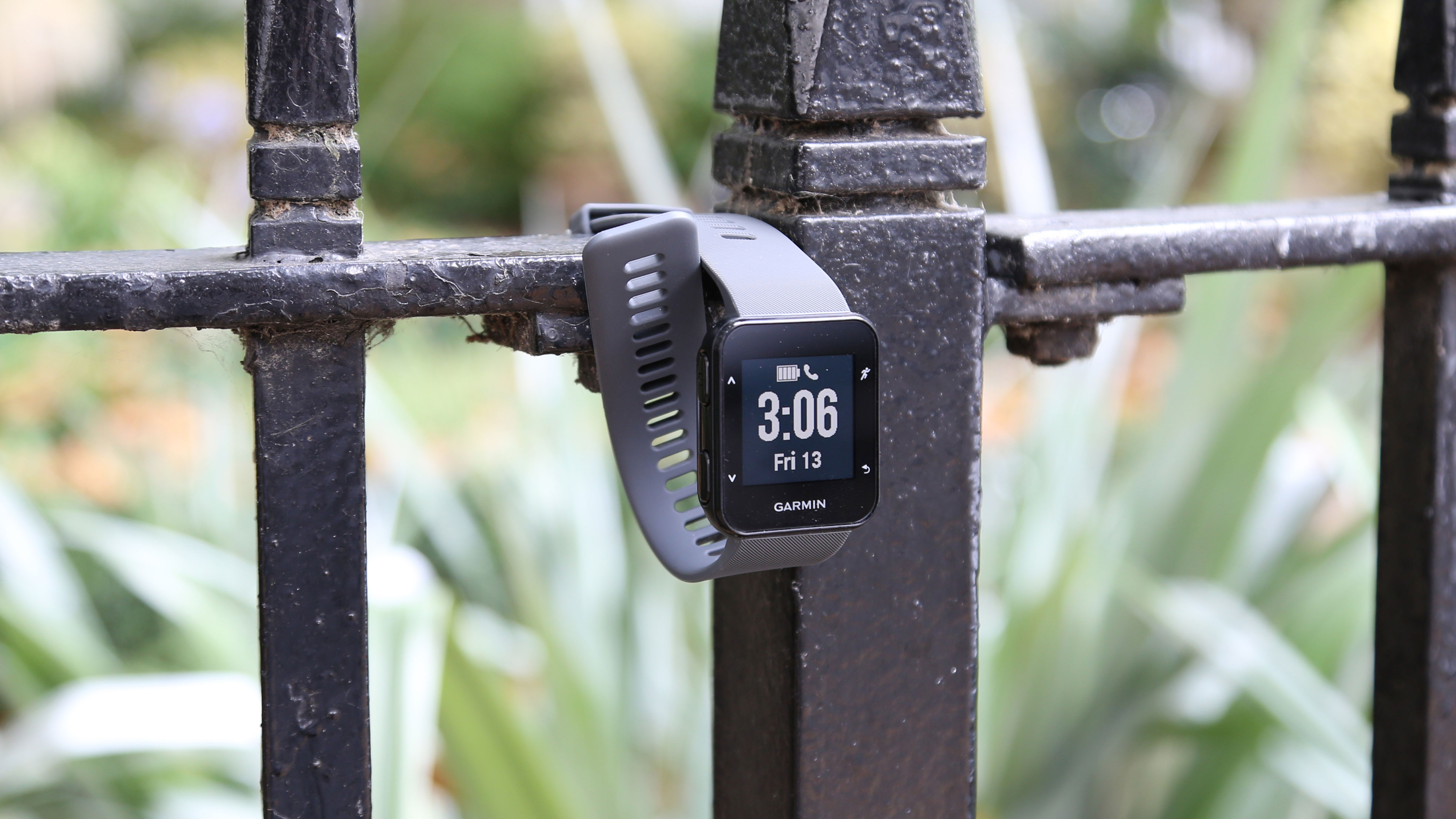Why you can trust TechRadar
Specs, performance and fitness
As we’ve said, the Garmin Forerunner 30 looks and feels like a running tracker, which isn’t ideal if you just want to wear it day-to-day. But as soon as you start running, it comes into its own.
A simple press of a button engages run mode, and the Forerunner 30 instantly starts monitoring your heart rate, cadence, pace, and VO2 max. And what’s really impressive is the accuracy with which it measures all of those things.
When we cross-checked its measurements it was accurate to within six beats per minute (bpm) of direct pulse measurement, which is seriously impressive. It responded quickly to changes in heart rate when we slowed or increased our pace, and while we didn’t test its accuracy against a chest strap, we were impressed with its responsiveness.
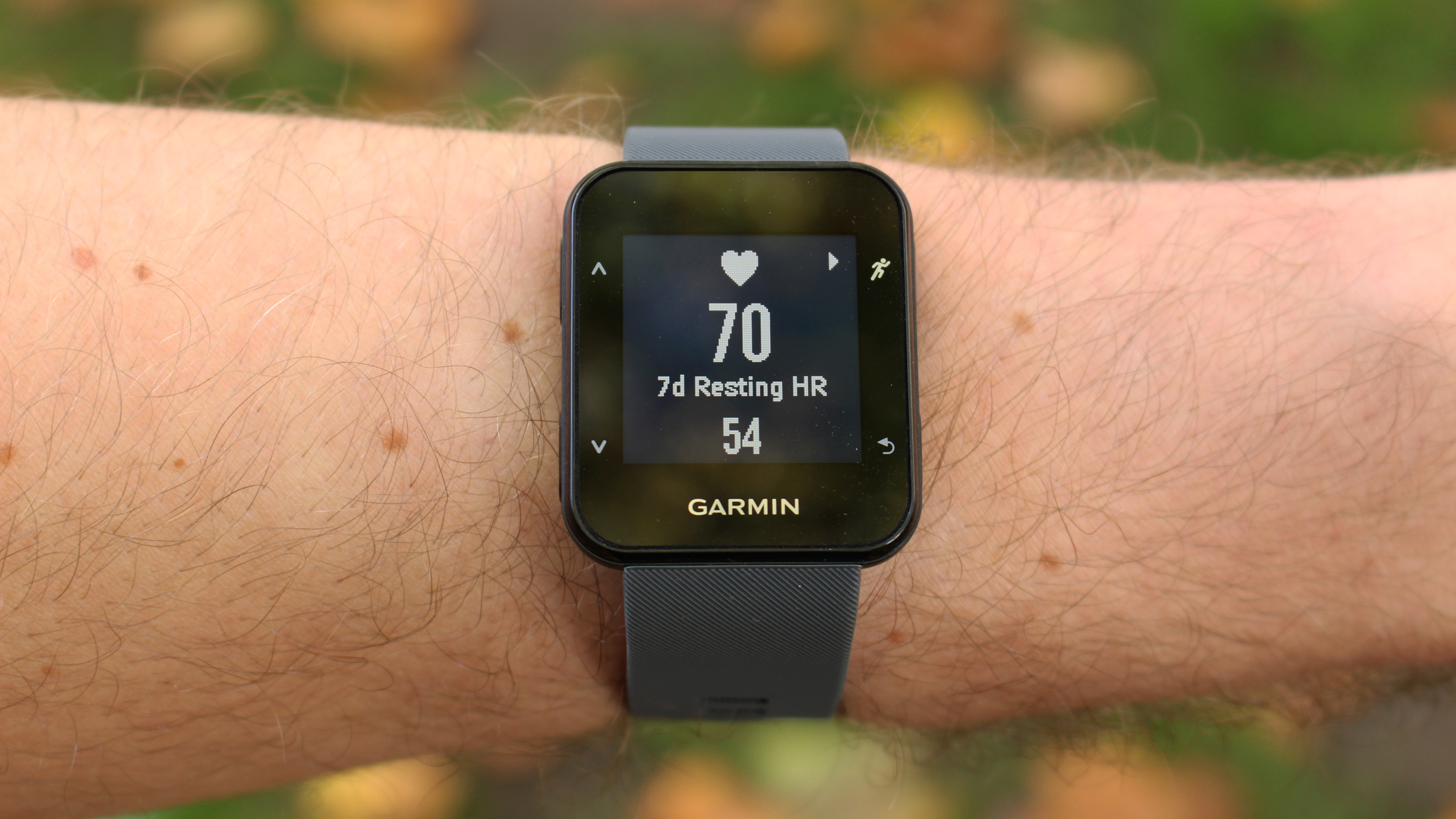
Wrist-based heart rate monitoring is notoriously not as accurate and responsive as a chest strap-based system, and when we had time with the Forerunner 35 that was one of the problems we found with it. So we were keen to see if the 30 was any better – and we were pleasantly surprised.
To test the accuracy of the GPS we did some unusual stops and direction changes, and it was pinpoint accurate. The Forerunner 30 is incredibly swift at finding GPS signal, and during our time with it we found it to always be reliable.
After you finish a run you’re given a breakdown of your performance, including your pace per mile (or kilometer, you can choose), any personal bests you may have broken, and your current VO2 max reading.
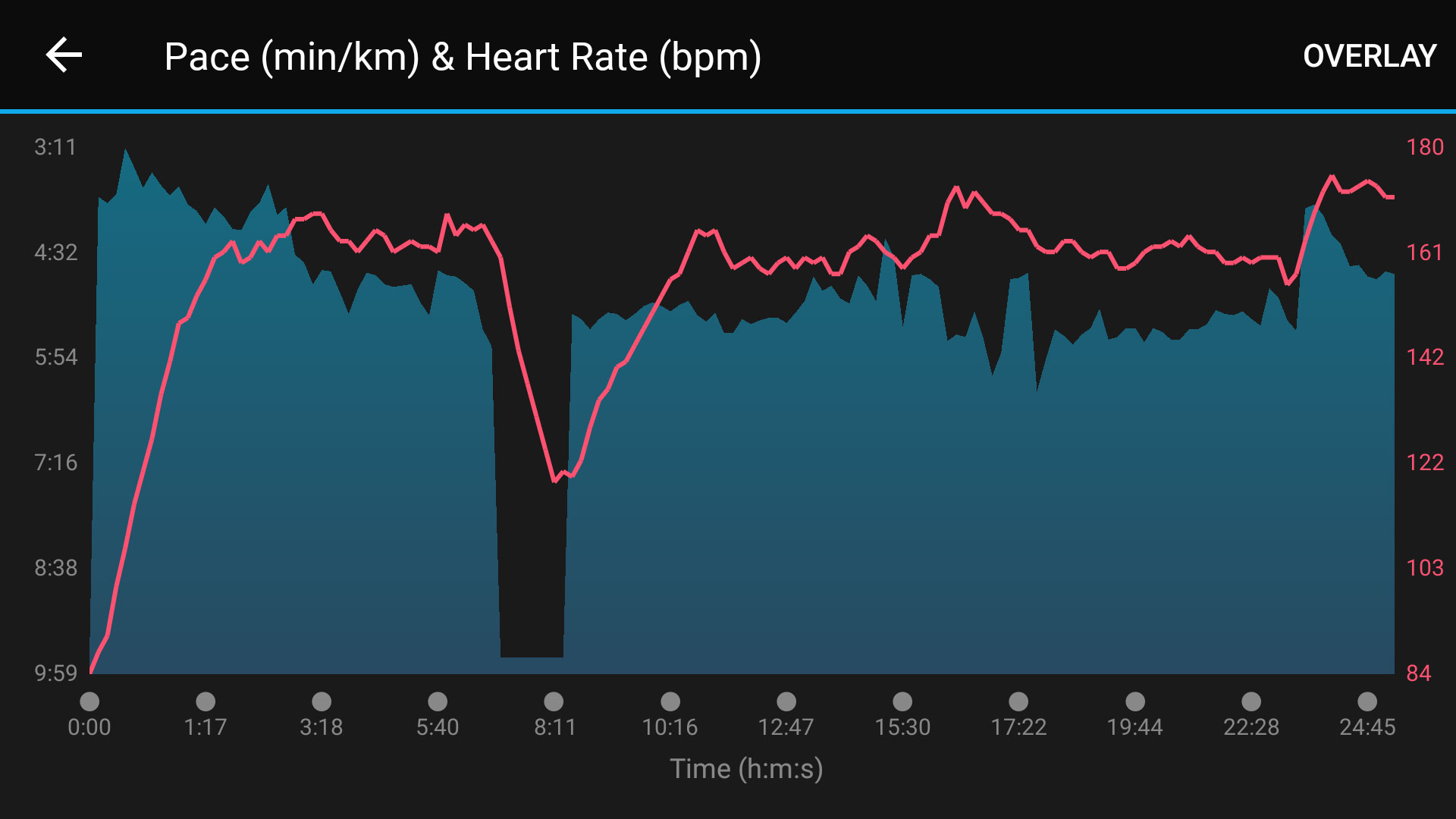
VO2 max is a way of measuring your body’s ability to metabolize oxygen, which is an indication of the efficiency of both your cardiovascular system and your muscles. We checked VO2 max against a Cooper run test, which is an industry-standard method of measurement, and found the Forerunner 30 to be perfectly accurate, which we were very impressed with.
All of that information displays on the Forerunner’s screen, but if you really want to dig into the data you can open up the app and a world of information awaits you. There are graphs for your heart rate, pace, elevation and cadence, and what’s even cooler is that you can overlay the data sets, allowing you to see any flaws in your training.
For example, if you’re the sort of person who always runs out of steam on hill sections, you can see exactly how your body is responding to hill running, and train for the energy system and physical requirements of that particular challenge.
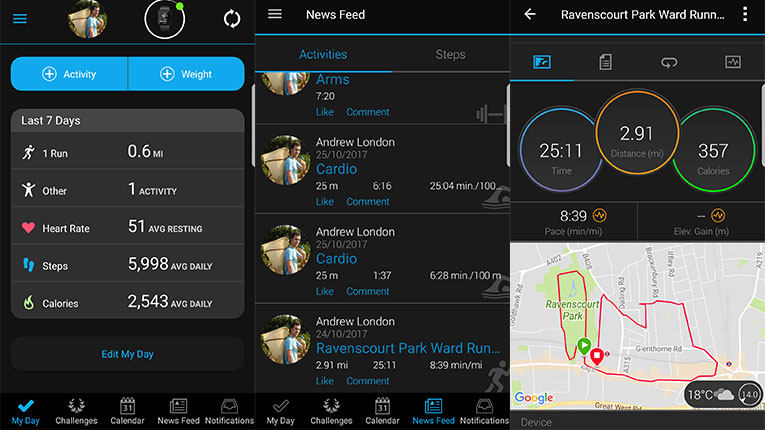
What’s really nice is that the app manages to include all that data for those who want it, but still is user-friendly enough that a beginner could use it without feeling overwhelmed. It includes enough ‘gamification’ that it’ll keep you motivated to meet movement goals for health benefits without adopting the slightly patronizing tone of the Fitbit app.
Once you start digging into the app, you’ll discover that there are a vast amount of different activities that you can log, so it will serve the type of person who does a diverse range of fitness activities well.
One thing that was a fairly major disappointment, however, was the automatic classification feature. With the Forerunner 35, you’re able to specify whether you’re running, or swimming, or cycling before you start.
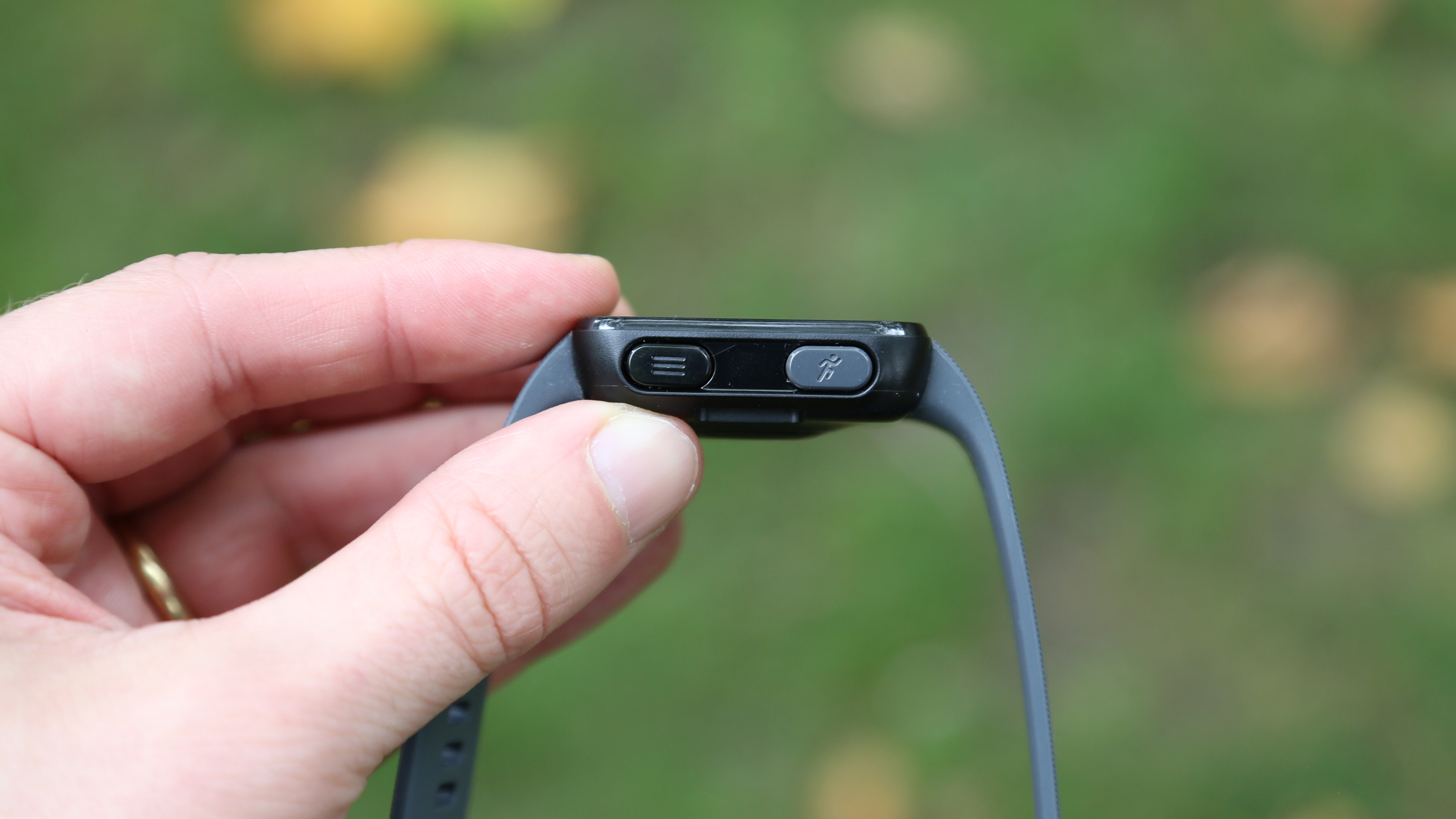
With the 30, you just press the ‘run’ button, and Move IQ is supposed to automatically detect which kind of exercise you’re doing. We tried it with running, swimming, and weight training, and the only one it detected was the run, which is the standard mode.
Inside the app there are good tracking features for swimming including ‘swolf’ (which measures your strokes per length versus your length time) but even once we’d gone into the app to tell it that the generic ‘cardio’ it had measured was actually swimming, this data failed to appear.
Hopefully Move IQ will be improved with software updates as it’s a feature we’d really love to see work well, and without it the Forerunner 30 is incapable of delivering proper tracking of any exercise other than running.
The Garmin Forerunner also does sleep tracking, measuring movement during the night, and deep and light sleep. We did find that the Forerunner 30 was uncomfortable to wear to bed, though, which obviously could be problematic.
Compatibility
The Garmin Forerunner 30 works on both Android (version depends on device) and iOS (9 or later) devices.
There are also some light smartwatch features, so you can get notifications from your phone, including text messages and phone calls.
While notifications aren’t as fleshed-out a feature as on a device like the Apple Watch 3, the screen at least displays your texts the right way up, which can’t be said for a device like the Huawei Band 2 Pro.
The Garmin connect app also works with third-party apps Microsoft Office 365, MyFitnessPal, and Strava.
Battery life
Garmin says the Forerunner 30 will last five days in ‘watch mode’ and eight hours in ‘GPS mode’. In our experience, we found it actually lasted a little longer than promised, making it through a little over a week on a single charge. That said, we weren’t well that first week, so we weren’t asking too much of it.
The second week the battery ran down a little quicker, but we still think five days is a conservative estimate. It’s more likely that you’ll get just shy of a week using the Forerunner 30 as a watch all the time, and going for the occasional run.
This is good, but considering we’ve just spent time with the smaller, cheaper, Huawei Band 2 Pro, which lasts 21 days when not in GPS mode, we can’t help but feel underwhelmed by the 30’s battery life.
The Forerunner 30 is very easy to charge using a single cable that clips onto the device. Considering the fiddly methods of charging that you get with some other wearables, this is a pleasure to use, and the device charges in about an hour and a half, which is fairly standard.
Current page: Performance, fitness and verdict
Prev Page Introduction and design Next Page Verdict and competitionAndrew London is a writer at Velocity Partners. Prior to Velocity Partners, he was a staff writer at Future plc.
